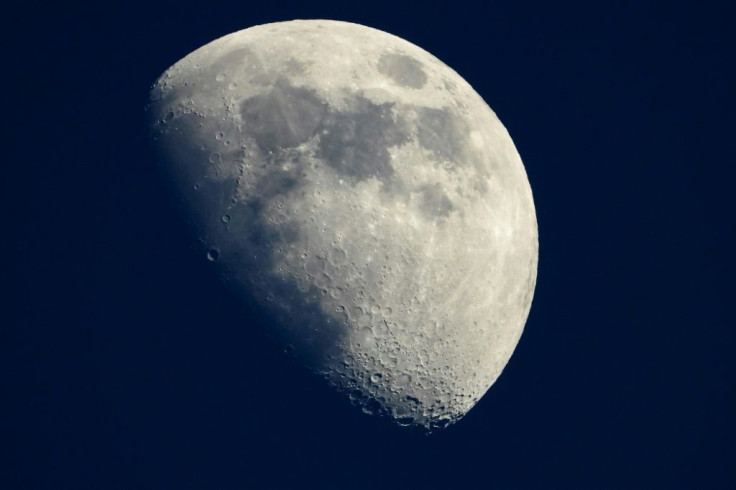NASA To Fly Phantom Dummies Around The Moon For Radiation Test

To ensure the safety of the astronauts participating in the Artemis program, NASA will be launching dummies to orbit the Moon in an upcoming mission. The mission aims to test new equipment designed to protect astronauts from cosmic radiation.
For the mission, the mannequins or phantom dummies will board the Orion spacecraft, which will be launched to orbit the Moon sometime in June 2020. The passengers are referred to as phantoms because they were designed to mimic humans.
One of the dummies will be wearing a special vest known as StemRad, which was designed to shield astronauts from the effects of radiation from space. It was made from high-density polyethylene, which is a type of plastic commonly used for bulletproof vests. Some parts of the vest are thicker in order to protect vital organs from radiation, Space.com reported.
The other dummy, on the other hand, will be unprotected during the mission.
Through sensors attached to the dummies, scientists will measure the amount of radiation that will affect the mannequins. If all goes well for the mission, the StemRad vests, which weigh about 57 pounds, will be used by NASA for its first human mission as part of the Artemis program.
The upcoming mission with mannequins will not be the first time that NASA sent phantom dummies to space. Since 2001, the agency has been using phantom dummies to test the effects of radiation on humans.
The first phantom dummy that NASA experimented with was a mannequin named Fred. According to the agency, Fred was sent to the International Space Station in 2001. Before that, NASA had to rely on computer models to determine the effects of being exposed to cosmic radiation.
“Fred traveled to space on Space Shuttle Mission STS-100 in May 2001,” the agency said in a statement. “He spent 4 months as part of an experiment aboard the International Space Station Expedition Two.”
“Fred wasn't an astronaut; he was a phantom -- a dummy or a mannequin. He was called a phantom because he mimicked the characteristics of a real human, but was built of man-made materials,” NASA added. “Fred's job was to absorb radiation in the atmosphere of the ISS and to record those levels.”
© Copyright IBTimes 2025. All rights reserved.





















